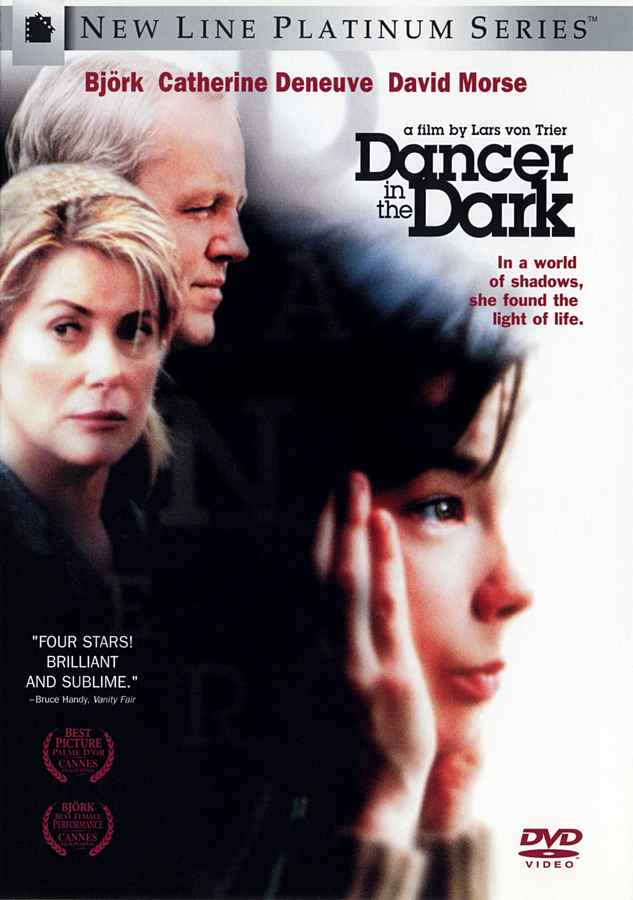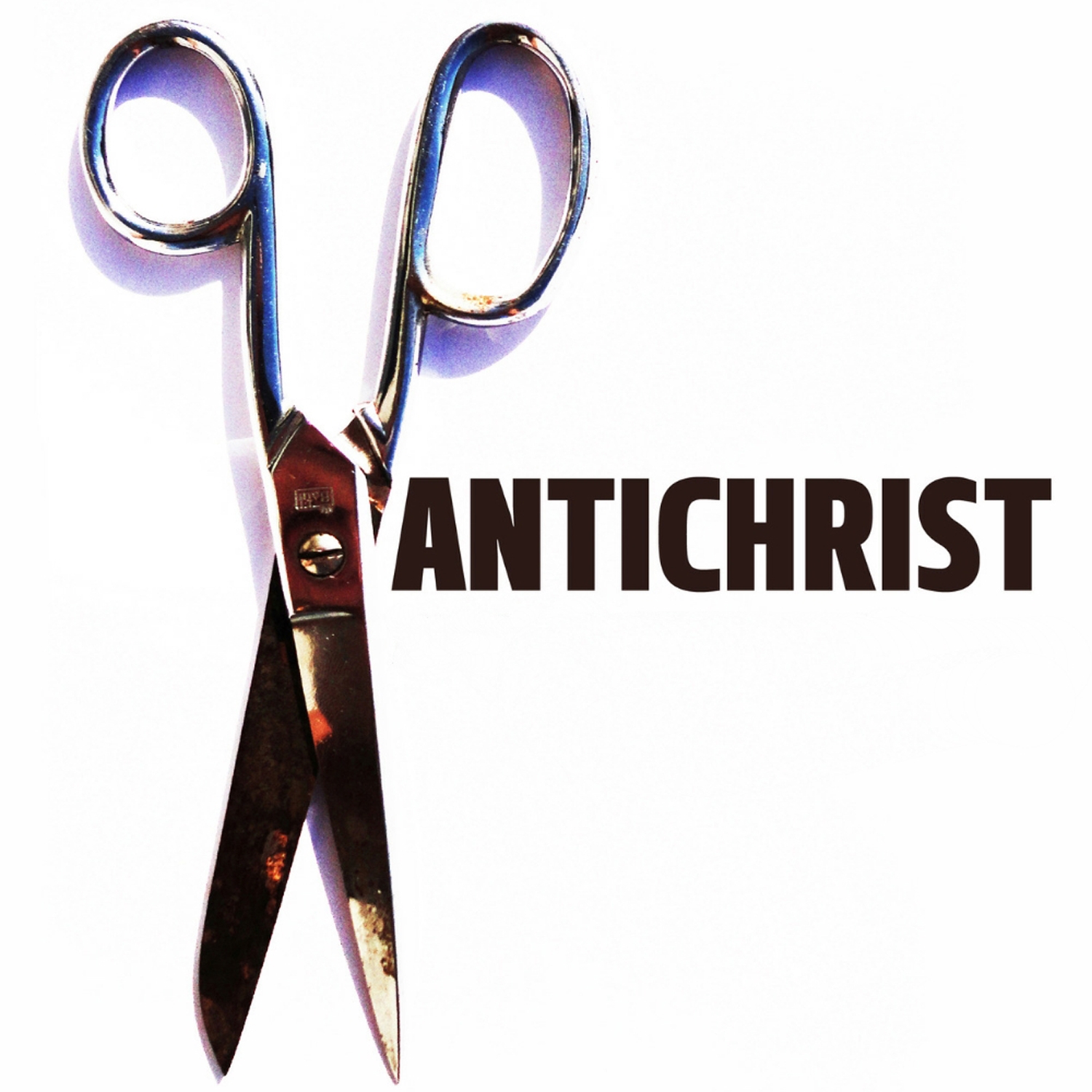

Tod Browning’s “Freaks” was made by the glitziest studio of all: MGM. “The Exorcist” was effectively banned for 11 years, until 1998, when a 25th anniversary rerelease saw renewed interest and a call for the ban to be lifted. However, by the late 1980s, thanks to the 1984 Video Recordings Act, there were concerns among censors and religious groups, that the film could be harmful to viewers. released the film again in 1981, on VHS, at that point in time videotapes were not certified under the purview of the BBFC. In the UK, William Friedkin’s “The Exorcist” was released in 1974 with an “X” certificate. “The Exorcist” is a landmark horror film from the era of New Hollywood.

The film is considered a masterpiece of cult cinema. The film’s horrendous cruelty to animals-part of a fad in Italian genre cinema at the time-meant censors were legally obliged to ban it in places like the UK. Shot in the Amazon jungle in southern Colombia, “Cannibal Holocaust’s” grotty imagery and faux documentary style still maintains the power to shock. It seems daft now, but Deodato was accused of killing people on camera.
#Lars von trier antichrist full movie online trial#
Ruggero Deodato’s “Cannibal Holocaust” (1980) caused more than a sensation upon release, it led to an actual trial in Italy, with the director having to prove to the courts he didn’t murder his cast. “Cannibal Holocaust” remains one of the most infamous films of all time. “Possession” is memorable for its scenes of self-mutilation, intense acting and a slimy alien creature designed by effects maestro, Carlo Rambaldi. In 1999, as times and attitudes were changing, “Possession” was re-released on home video and rediscovered and hailed as a masterwork.

“Possession” (1981) earned Isabelle Adjani a Best Actress award at the Cannes film festival, but that didn’t stop Andrej Zulawski’s horror drama, which details a spectacularly awful divorce, from getting banned in the UK, thanks to the Video Nasties scare. “Possession” was filmed in locations around west Berlin during the communist era. After a twenty-year wait, the King of Zombie Horror movies was back with a new entry in the cult classic “Dead” series, which began in 1968 with “Night of the Living Dead.” But horror hounds in the Ukraine wouldn’t see it because the country’s Cultural Ministry believed the copious scenes of flesh-eating were culturally insensitive, given the 1930s Holodomor, the Kremlin’s genocide against Ukrainian people, which led to starving citizens into committing acts of cannibalism. Zombie fans around the world were united in feverish anticipation for George A. The ban on theatrical and home release distribution was finally lifted in the late 1990s. The BBFC’s chief, James Ferman, infamously described the film as revelling in “the pornography of terror.” Hooper’s masterpiece was released on VHS for a time in the early 1980s, before being withdrawn from video store shelves, in the wake of the 1984 Video Recordings Act. Yet it received a very lengthy ban from the British film censors (the BBFC) because they considered its intense terrorisation and “abnormal psychology” unfit for audiences. Tobe Hooper’s “The Texas Chain Saw Massacre” (1974) is one of the greatest movies ever made, regardless of genre. Gunnar Hansen as chainsaw-wielding maniac, Leatherface, in “The Texas Chain Saw Massacre.” The Texas Chain Saw Massacre It was filmmaker David Cronenberg, whose work has met the censor’s scissors on more than one occasion, who put it that censorship boards have something in common with psychotics: “They confuse fantasy with reality.” Above: Charlotte Gainsbourg in Lars von Trier’s “Antichrist.” Can horror movies corrupt young minds? Can horror movies turn audiences into drooling maniacs? The evidence suggests not, but it never stopped censors from banning films. Since the birth of the genre proper, in the 1930s, select titles have proven a challenge to censorship boards and morality groups, who champion clean and wholesome entertainment. Horror movies have always sort to push the boundaries of taste and decency.


 0 kommentar(er)
0 kommentar(er)
